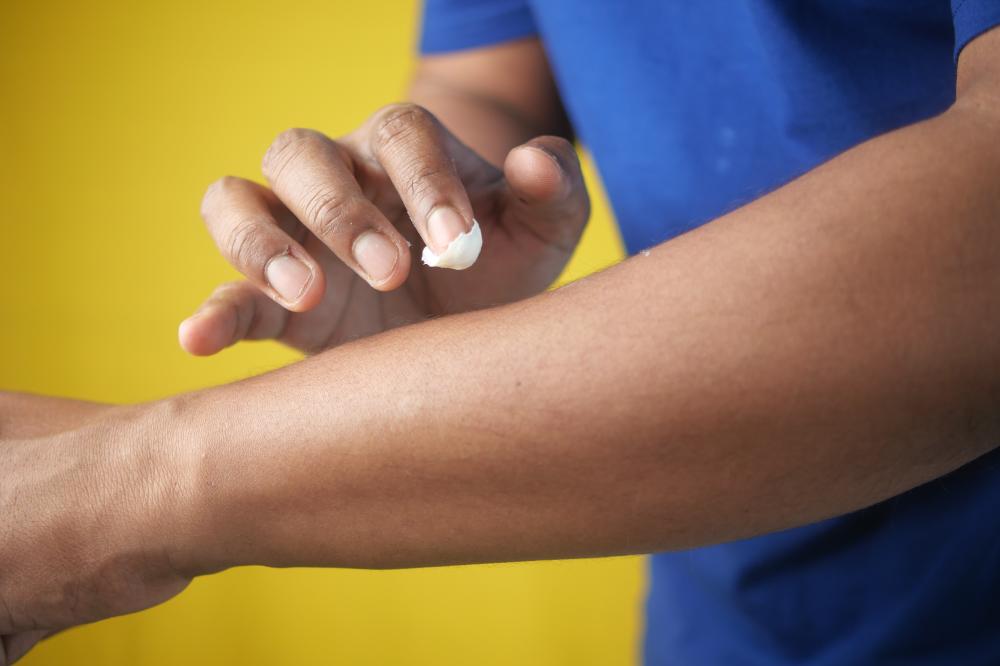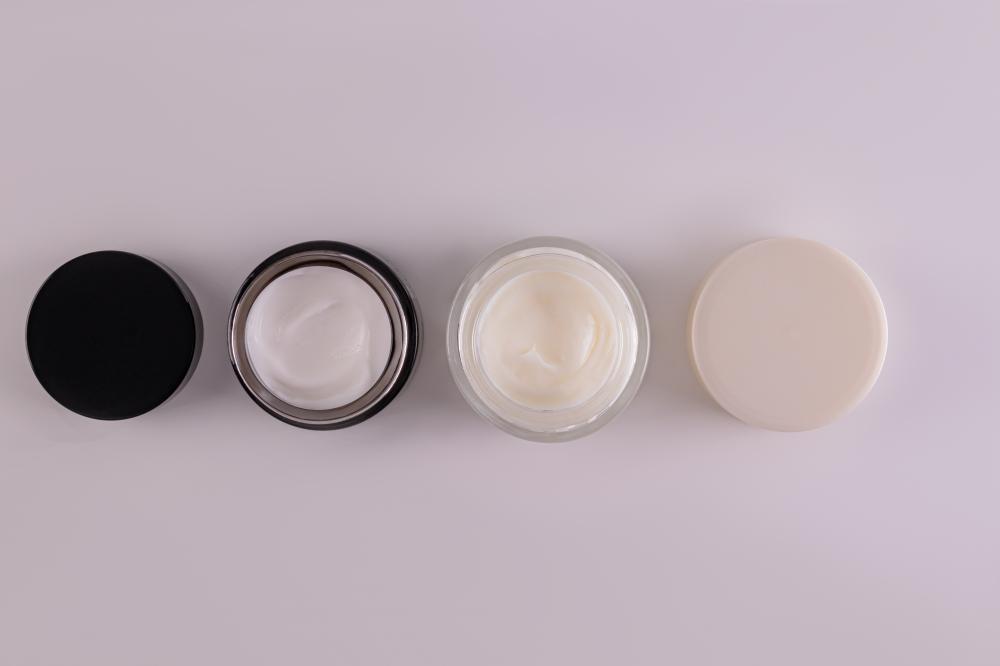Understanding Topical Numbing Cream
Topical numbing cream plays a pivotal role in the realm of healthcare and aesthetics, offering relief and comfort to patients undergoing minor surgical procedures, injections, and skin treatments. At Medical Purchasing Resource, we’ve witnessed firsthand the transformative power of these creams in various medical and spa settings. Our experience as a supplier of medical spa equipment has shown us the importance of quality products in enhancing patient care and satisfaction.
Topical numbing creams, such as those containing lidocaine, work by temporarily blocking the nerve signals in the skin. This action results in a loss of sensation in the applied area, making it an invaluable asset for clinicians and estheticians alike. By ensuring a pain-free experience, practitioners can perform treatments with greater ease and efficiency, leading to better outcomes and happier patients.
Types of Topical Numbing Creams
Diving into the vast sea of topical numbing creams, one encounters a variety of formulations tailored for different applications. Lidocaine, benzocaine, and tetracaine are among the most commonly used active ingredients, each with its specific onset time and duration of action. While some creams target the dermal layers for surface procedures, others penetrate deeper to numb the sensory nerves for more invasive treatments.
- Lidocaine Creams: Fast-acting and widely used for a range of procedures.
- Benzocaine Creams: Suitable for mucosal surfaces but with a risk of methemoglobinemia.
- Tetracaine Creams: Offers longer-lasting numbness, ideal for procedures requiring extended numbness.
Considerations for Use
Applying topical numbing cream requires attention to detail to maximize efficacy while minimizing risks. The cream should only be applied to intact skin, avoiding open wounds or inflamed areas. Patients should be instructed not to exceed the recommended dosage, as doing so can increase the risk of systemic absorption and potential side effects. Additionally, the timing of application is crucial; most creams require 30 to 60 minutes to take full effect.
From our standpoint at Medical Purchasing Resource, educating clients on the correct use of topical numbing creams is as important as the treatments themselves. Proper application ensures a seamless procedure and enhances the overall patient experience.
Advancements in Formulation
The evolution of topical numbing cream formulations is a testament to the industry’s commitment to improving patient care. Innovations such as liposomal encapsulation have enhanced the penetration efficiency of active ingredients, offering faster onset times and prolonged numbing effects. These advancements not only improve the procedural experience for patients but also expand the range of treatments that can be performed with minimized discomfort.
Case Studies and Application Experiences
At Medical Purchasing Resource, we’ve had the privilege of supplying topical numbing creams to a wide array of professionals, from cosmetic surgeons to dermatologists and estheticians. One memorable case involved a dermatology clinic that integrated a new liposomal lidocaine cream for laser treatments. The clinic reported a significant reduction in patient discomfort, leading to increased patient satisfaction and referral rates. This example highlights the direct impact of effective numbing creams on a practice’s success and reputation.
Another case involved a medical spa that introduced a benzocaine-based cream for clients undergoing microneedling. The feedback was overwhelmingly positive, with clients noting a markedly more comfortable experience. These cases underline the importance of choosing the right topical numbing cream for specific treatments.
Tips for Selecting the Right Topical Numbing Cream
Selecting the right topical numbing cream is a decision that should be made with care and consideration. The choice depends on the procedure, the patient’s skin type, and any known allergies or sensitivities. A patch test may be recommended for patients with sensitive skin or a history of allergic reactions. Additionally, consulting with suppliers who understand the nuances of these products can provide valuable insights into the best options available.
The Future of Topical Anesthetics
The future of topical numbing creams looks promising, with ongoing research and development focusing on improving efficacy, reducing side effects, and expanding applications. Nanotechnology and targeted delivery systems are areas of particular interest, potentially revolutionizing how topical anesthetics are used and administered. At Medical Purchasing Resource, we stay at the forefront of these innovations, ensuring our clients have access to the latest and most effective products to meet their evolving needs.
Personal Insights and Anecdotal Evidence
Having worked closely with practitioners and patients, I’ve observed the transformative impact of topical numbing creams on the procedural experience. One esthetician shared how a specific lidocaine cream changed her practice by allowing her to perform longer, more involved facial treatments without causing discomfort to her clients. This shift not only improved the quality of her services but also resulted in repeat business and positive word-of-mouth.
Such stories underscore the role of topical numbing creams as more than just a procedural aid; they are a key component in building trust and satisfaction among patients. As someone deeply embedded in the medical spa equipment supply chain, witnessing these positive outcomes reinforces the value of our work at Medical Purchasing Resource.
What is the strongest over-the-counter skin numbing cream?
When it comes to over-the-counter options, products containing the highest concentration of lidocaine permitted for OTC sales, which is typically 5%, are considered the strongest. These creams can provide significant temporary relief from pain and itching. However, it’s fascinating to consider that strength isn’t just about the percentage of an active ingredient. Factors such as the formulation’s ability to penetrate the skin and the presence of other ingredients that may enhance or prolong the numbing effect are equally crucial. From our experience at Medical Purchasing Resource, we’ve seen a diverse range of responses from clients to various products, highlighting the importance of considering individual needs and responses to these creams.
Does 5% lidocaine actually numb?
Yes, 5% lidocaine cream is clinically proven to numb the skin. Lidocaine is a local anesthetic that works by blocking nerve signals in your body, which temporarily stops the feeling in the applied area. This concentration is often used for procedures that require surface numbing, such as before laser treatments or injections. Personal anecdotes and clinical experience suggest that while most patients find 5% lidocaine very effective for reducing discomfort, individual responses can vary. Some may experience complete numbing, while others might feel a significant reduction in pain. It underscores the importance of a tailored approach to patient care, recognizing that everyone’s experience with pain and numbing creams can be quite personal.
What numbing cream actually works?
In the realm of numbing creams, effectiveness is not a one-size-fits-all. However, products containing lidocaine, benzocaine, or tetracaine are widely recognized for their efficacy. Lidocaine creams, for instance, are celebrated for their rapid onset and versatile use across a wide spectrum of minor medical and aesthetic procedures. It’s also remarkable how innovations like liposomal encapsulation have enhanced the efficacy of these creams, providing deeper penetration and longer-lasting relief. In our dealings at Medical Purchasing Resource, we’ve seen an overwhelming preference for liposomal lidocaine creams among professionals for their consistency and enhanced patient comfort.
Do you need a prescription for 5% lidocaine cream?
5% lidocaine cream falls into an interesting category where it is available both over-the-counter (OTC) and by prescription, depending on the product formulation and intended use. Generally, OTC versions are available for minor pains and itches, while prescription-strength formulations may be used for more intensive treatments or procedures. It’s worth noting that engaging with a healthcare provider not only helps in acquiring a prescription if necessary but also ensures the selected cream is appropriate for your specific treatment plan. Drawing from our extensive interaction with clients, the guidance from a medical professional adds an extra layer of confidence and safety to the treatment process.
Tips for Selecting the Right Topical Numbing Cream
Selecting the right topical numbing cream entails more than just picking a product off the shelf. It involves understanding the procedure, the patient’s skin type, and any potential allergies. For instance, benzocaine might be preferable for mucosal applications, but it’s not suitable for everyone due to risks like methemoglobinemia. Furthermore, the advent of technologies like liposomal encapsulation has made some formulations more effective by enhancing the delivery of the active ingredient. Consulting with suppliers who are well-versed in these nuances can be invaluable. At Medical Purchasing Resource, we pride ourselves on guiding our clients to the best numbing cream options for their specific needs, leveraging our extensive knowledge and experience in the field. Your choice should always be informed by professional advice, ensuring safety and efficacy for a comfortable patient experience.
Resources
- U.S. Food and Drug Administration (FDA) – The FDA provides information on approved topical numbing creams and their safe usage in medical procedures.
- American Academy of Dermatology (AAD) – The AAD offers insights on the use of topical anesthetics in dermatological procedures and skin treatments.
- American Association of Oral and Maxillofacial Surgeons (AAOMS) – AAOMS provides guidelines on the application of topical numbing creams in oral surgery and dental procedures.
- American Society for Dermatologic Surgery (ASDS) – ASDS offers resources on the latest advancements in topical numbing cream formulations for cosmetic procedures.
- Centers for Disease Control and Prevention (CDC) – The CDC outlines safety measures and best practices for the use of topical numbing creams in healthcare settings.


